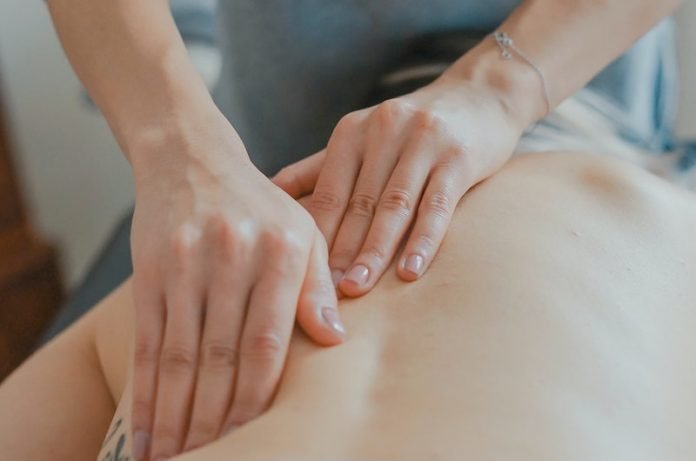
Many people associate massage with vacations or spas and consider them something of a luxury.
But research is beginning to suggest this ancient form of hands-on healing may be more than an indulgence—may help improve your health.
Massage therapists use their fingers, hands, forearms and elbows to manipulate the muscles and other soft tissues of the body.
Variations in focus and technique lead to different types of massage, including Swedish, deep tissue and sports massage.
In Swedish massage, the focus is general and the therapist may use long strokes, kneading, deep circular movements, vibration and tapping.
With a deep tissue massage, the focus is more targeted, as therapists work on specific areas of concern or pain. These areas may have muscle “knots” or places of tissue restriction.
Some common reasons for getting a massage are to relieve pain, heal sports injuries, reduce stress, relax, ease anxiety or depression, and aid general wellness.
Unfortunately, scientific evidence on massage therapy is limited. Researchers are actively trying to understand exactly how massage works, how much is best, and how it might help with specific health conditions. Some positive benefits have been reported.
“Massage therapy has been noted to relax the nervous system by slowing heart rate and blood pressure.
Stress and pain hormones are also decreased by massage, reducing pain and enhancing immune function,” says Dr. Tiffany Field, who heads a touch research institute at the University of Miami Medical School.
Much of her NIH-funded research focuses on the importance of massage for pregnant women and infants. Some of her studies suggest that massage may improve weight gain and immune system function in preterm infants.
A study published earlier this year looked at how massage affects muscles at the molecular level.
The findings suggest that kneading eases sore muscles after exercise by turning off genes associated with inflammation and turning on genes that help muscles heal.
A recent NIH-supported study found that an hour-long “dose” of Swedish massage therapy once a week was optimal for knee pain from osteoarthritis, especially when practical matters like time, labor and convenience were considered.
Other research suggests that massage therapy is effective in reducing and managing chronic low-back pain, which affects millions of Americans.
If you’re considering massage therapy for a specific medical condition, talk with your health care provider.
Never use massage to replace your regular medical care or as a reason to postpone seeing a health care professional.
Every therapist and every massage is unique. If you decide to try massage therapy, work with different therapists until you find one that meets your needs.
One of the best ways to get a great massage is to communicate with your therapist. Most will check in with you during your session for feedback, but—if not—speak up!
If you care about muscle health, please read studies about how this drug may help prevent muscle aging in older people, and massage can make muscles heal faster and stronger.
For more information about exercise and health, please see recent studies about this common exercise could keep your body young and results showing that this exercise training is best for older people.



